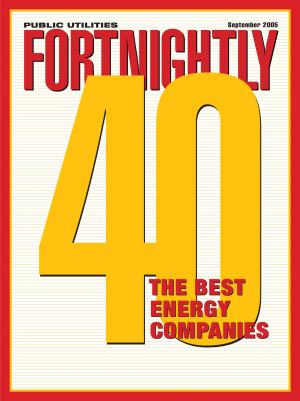Consider the opening of the PJM market, and its effect on prices.
Gary Hunt is president, Doug Buresh is vice president, and Mark Turner project manager at Global Energy Advisors. Contact Hunt at ghunt@globalenergy.com.
Wholesale competition is working, and the best evidence to date is the savings produced from the opening of the PJM market to competitive power generation from the Midwest. A real-time case study unfolded before our eyes in May and October 2004.

In a major study of the benefits of wholesale competition released in July 2005,1 Global Energy quantified the production cost savings associated with the elimination of seams among and between Commonwealth Edison, American Electric Power, and Dayton Power & Light, each now operating within the PJM energy market. The analysis found savings of approximately $29.5 million for PJM in 2004 and $36.4 million for the Eastern Interconnect. Because these savings are based on the actual integration schedule for ComEd (May 2004) and AEP/DPL (October 2004), they represent savings for a partial year of integration in 2004. Global Energy estimated annualized savings for PJM and the Eastern Interconnect were $69.8 million and $85.4 million, respectively, on an annualized basis as if ComEd, AEP, and DPL joined PJM on Jan. 1, 2004.

